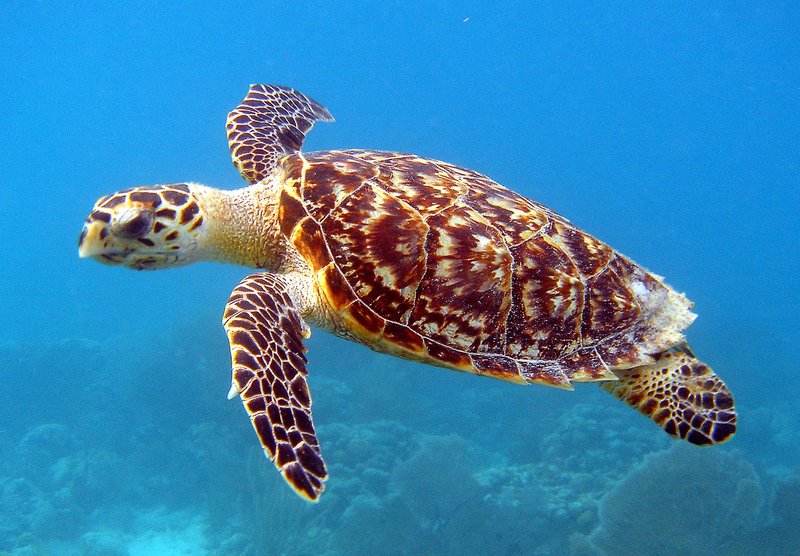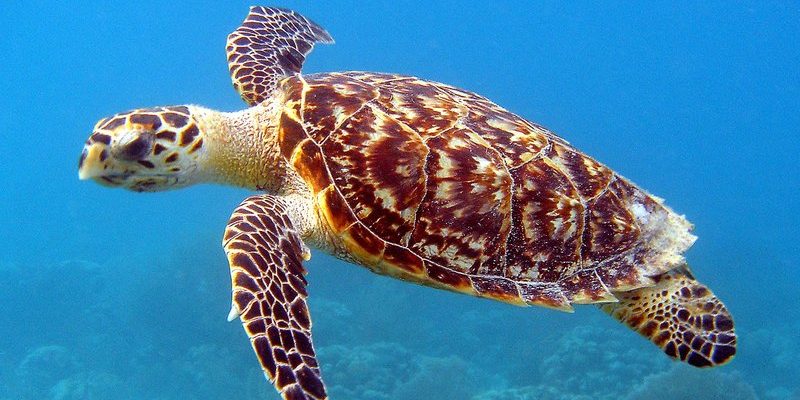
So, are Hawksbill turtles endangered? Yes, they are, and their situation reflects broader issues in marine conservation. In this article, we’ll dive into the current status of Hawksbill turtles, explore the reasons behind their endangered status, and discuss ongoing conservation efforts. Understanding their plight can help us appreciate the importance of protecting these magnificent creatures and the ecosystems they support.
Understanding Hawksbill Turtles
Hawksbill turtles, scientifically known as *Eretmochelys imbricata*, are easily recognized by their distinctive shell, which features a beautiful pattern of overlapping scales. These turtles typically inhabit tropical coral reefs, where they play a vital role in maintaining the health of marine environments. By grazing on sponges, Hawksbill turtles help keep sponge populations in check, allowing for a diverse range of marine life to flourish.
What makes these turtles even more fascinating is their incredible migratory behavior. Hawksbills can travel great distances to forage for food or to find nesting sites. However, this journey often puts them at risk due to human activities, such as fishing and habitat destruction. Here’s the thing: their journey isn’t just a trip; it’s a fight for survival.
Reasons Why Hawksbill Turtles Are Endangered
The decline of Hawksbill turtles is alarming, and several key factors contribute to their endangered status.
- Habitat Loss: Coastal development, pollution, and climate change threaten their nesting and feeding habitats. Coral reefs, their primary environment, are in decline due to rising water temperatures and pollution.
- Illegal Trade: Hawksbill shells are highly valued in the illegal trade of tortoiseshell products. This demand leads to poaching and further decreases their population.
- Bycatch: Many Hawksbill turtles fall victim to commercial fishing practices as unintentional bycatch. They often get caught in nets or lines, leading to injury or death.
- Climate Change: Rising global temperatures affect their nesting sites. Warmer sands can alter the sex ratio of hatchlings, and extreme weather conditions can destroy nests.
These threats illustrate a larger issue facing many marine species. Conservationists emphasize that protecting Hawksbill turtles is not just about saving one species; it’s about preserving the health of entire ecosystems.
Conservation Status and Efforts
Hawksbill turtles are listed as critically endangered by the International Union for Conservation of Nature (IUCN). This classification is a call to action, as it signals that immediate measures are needed to protect them. Governments and organizations around the world are working together to implement conservation strategies.
One effective approach is the establishment of marine protected areas (MPAs). These zones restrict human activities that can harm turtles and their habitats. For instance, in places like the Caribbean and the Indian Ocean, MPAs provide safe havens for Hawksbills to mate, nest, and feed without the threat of human interference.
Moreover, community-based conservation programs empower local communities to engage in Hawksbill protection. By involving locals in conservation efforts, they learn about the importance of turtles and become stewards of their environment. Honestly, this grassroots approach not only safeguards the turtles but also helps sustain local economies through ecotourism.
Success Stories in Hawksbill Conservation
There’s good news amid the concerns for Hawksbill turtles. Several conservation initiatives have shown promising results. In the Caribbean, for example, ongoing efforts have led to an increase in nesting populations in specific areas. Conservation groups have worked diligently to monitor nesting sites and educate communities about the significance of Hawksbill turtles.
One inspiring story comes from the Bahamas, where local conservationists developed a program that includes beach cleanups and outreach to fishermen. By working together, they’ve seen a noticeable uptick in nesting Hawksbills. These success stories highlight the power of community involvement and the positive impact of dedicated conservation efforts.
Another notable example is the Turtle Islands in the Philippines, where illegal fishing has decreased significantly due to strict enforcement of conservation laws. As a result, Hawksbill populations have begun to recover in these regions, demonstrating that targeted action can yield positive outcomes.
What You Can Do to Help
If you’re feeling inspired to make a difference, here are some simple actions you can take to help Hawksbill turtles and marine conservation:
- Support Conservation Organizations: Look for local or international groups working to protect Hawksbills and other sea turtles. Donations or volunteering can make a big impact.
- Reduce Plastic Use: Plastics harm marine life, including turtles. By reducing your plastic consumption, you’re helping keep their habitats cleaner.
- Educate Others: Share what you’ve learned about Hawksbill turtles and their endangered status with friends and family. Awareness can lead to action.
- Choose Sustainable Seafood: Support fisheries that use sustainable practices to ensure turtles and other marine species are not harmed.
Each small action contributes to a larger movement toward protecting these magnificent creatures.
Moving Forward: The Future of Hawksbill Turtles
The future of Hawksbill turtles hangs in the balance. Ongoing conservation efforts are essential, but it will take a collective commitment from individuals, communities, and governments to turn things around. The problems are complex, but the solutions are within our grasp.
As we become more aware of the challenges these turtles face, we must remember that their survival is intertwined with the health of our oceans. The beauty of Hawksbill turtles reflects the delicate balance of marine life. Protecting them is not just about saving one species; it’s about ensuring a vibrant and thriving ocean for future generations.
In conclusion, while Hawksbill turtles are endangered, hope exists. Through awareness, action, and collaboration, we can contribute to their survival and that of the ecosystems they inhabit. Let’s embrace our role in this vital cause, and together, we can help these magnificent turtles continue to grace our oceans for years to come.

